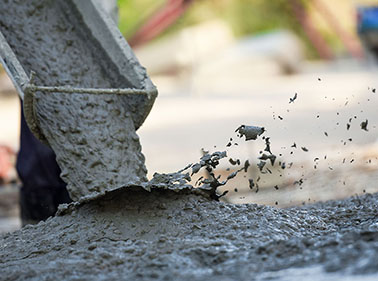What are the benefits of hollow blocks in a slab?
The significance of rebar in concrete structures
November 13, 2020
What does Ready Mix Concrete Cost in Johannesburg Gauteng?
December 9, 2020Hollow blocks have a void area larger than twenty-five percent, they come in different shapes and sizes. Hollow blocks are an example, masonry units made with sand and lightweight ash aggregates used in the construction world over.
With regards to rib and block slabs, as the name suggests, the hollow block plays an important component in achieving the low costs associated with this type of slab. Their primary purpose is to form a permanent shutter for the concrete that bonds the slab to the lintel. Their structural value is not as important as the rib or lintel.
Benefits of hollow blocks in a rib and block slab:
- Cost – Of all the slab components, these structural components main purpose is to form a shutter for the slab, therefore made with low cost materials compared to the lintels, keeping the overall slab cost as low as possible.
- Lightweight and ease – Generally weigh around 20Kg each, therefore can be installed with ease, and provide less stress on walls and foundations. Polystyrene blocks provide even further benefits.
- Highly durable – Hollow blocks compacted by high pressure and vibration make the blocks very strong, resilient hardened to severe load and weight.
- Great insulation properties -The air in the hollow of the block does not allow heat or cold in or out of the building. No wonder hollow blocks are insulated against heat, dampness, and sound. Hollow blocks keep the house cool in summer and warm in winter.
- Environmentally friendly – It does not pollute or have any known environment nuisance, it constitutes to the system.
- Bonding of mortar and plaster – Since the surfaces of hollow blocks are rough, this provides for good bonding between mortar and plaster.
A recent development since 2010 , where Royal Concrete introduced Polystyrene Blocks instead of concrete hollow blocks to the slab, the polystyrene block provides much more benefits.
See also the Polystyrene rib and block slab by Royal Concrete on our website

